What is a Fistula ?
A fistula-in-ano (anal fistula) is an abnormal tunnel that connects the inside of the anal canal to the skin around the anus. It often develops after an infection (abscess) near the anus that does not heal properly. This tunnel can cause ongoing pain, swelling, and sometimes a persistent discharge of pus or blood.
- Anal Fistula is an abnormal passage (communication) between the interior of the anal canal or rectum and the skin surface around the anus.
- Rarely, the fistula may communicate from anus (rectum) to Vagina (Recto-Vaginal Fistula), Urinary Bladder (Recto-Vesical Fistula), Urethera (Recto-Uretheral Fistula) or other pelvic structures, including the bowel
Types of Anal Fistula
Not all fistulas are the same. Doctors classify them based on their path with the muscles that control bowel movements (sphincters):
Intersphincteric Fistula:
Runs between the inner and outer sphincter muscles and opens near the anus. This is the most common type.
Transsphincteric Fistula:
Passes through both internal and external sphincters, opening further from the anus.
Pain or Thrombosis
External hemorrhoids can be painful, especially if a blood clot forms. Internal hemorrhoids are usually painless unless they become thrombosed or strangulated.
Suprasphincteric Fistula:
Travels above the external sphincter before reaching the skin.
Extrasphincteric Fistula:
Starts from the rectum and bypasses the sphincter muscles to reach the skin.
Knowing the type of fistula is crucial for choosing the safest and most effective treatment.
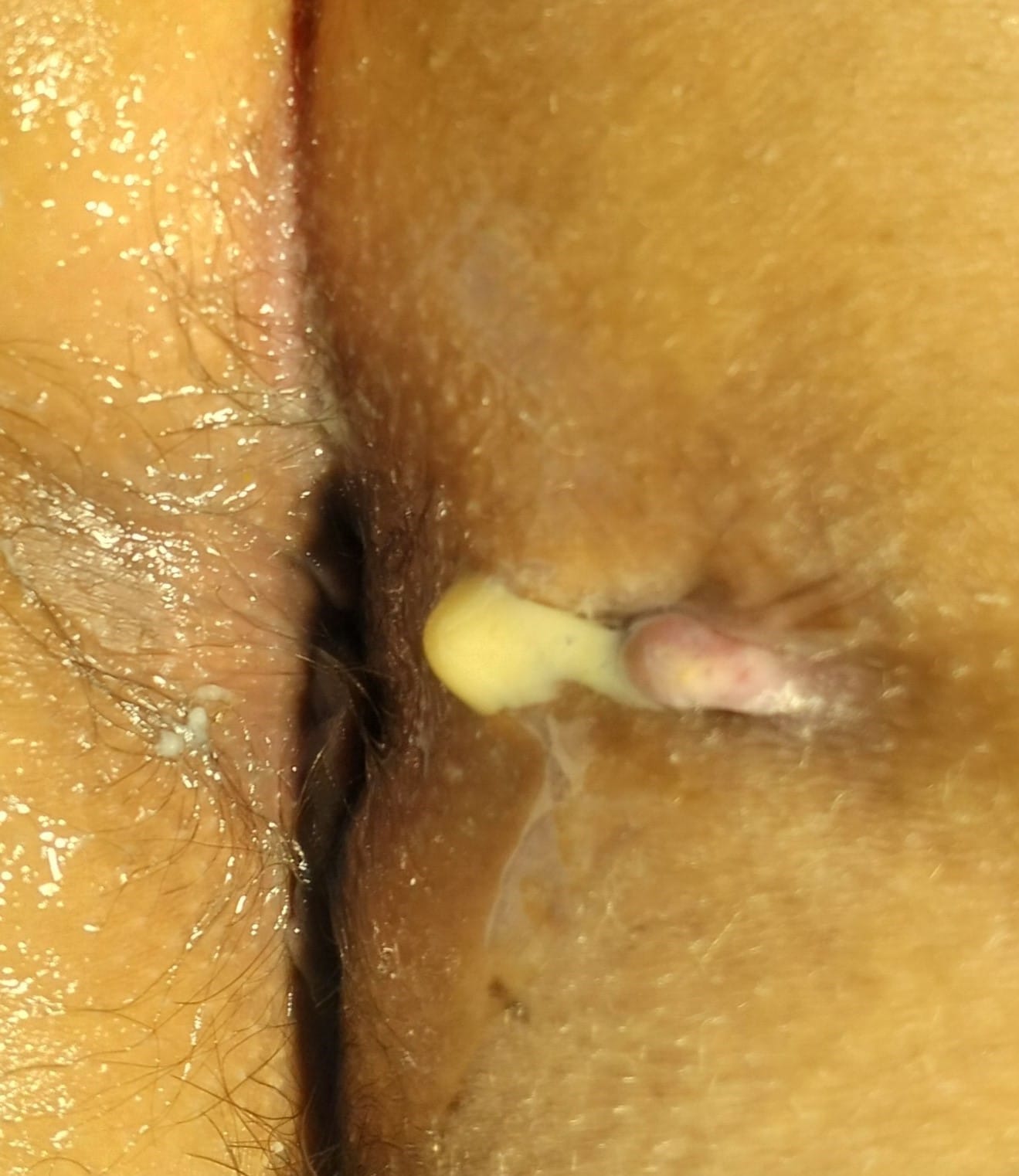
SYMPTOMS OF ANAL FISTULA
Symptoms are usually a purulent discharge & drainage of pus and/or stool near the anus, which can irritate the outer tissues causing itching and discomfort.
Pain occurs when fistulas become blocked and abscesses recur.
A fistula-in-ano is diagnosed when a probe has been passed between the opening on the skin's surface & the interior opening.
MINIMAL INVASIVETREATMENT OF ANAL FISTULA
(Trend towards sphincter-saving approaches)
Fistula Laser Closure (FiLaC)
Distal Laser Proximal Ligation ( LIFT with Laser )
Distal Laser Proximal SLOFT ( DLPS )
Fixcision ( Fistula Tract Coring ) with Proximal SLOFT
VAAFT with LASER
Why is Diagnosis (and MRI) So Important?
A simple exam by your doctor is often enough to suspect a fistula. However, fistulas can be complex, with hidden branches or abscesses that are not obvious from the outside. This is where MRI (Magnetic Resonance Imaging) becomes vital:
- • Clear Mapping: MRI gives a detailed picture of all fistula tracts, hidden branches, abscesses, and their relationship to the sphincter muscles.
- • Better Outcomes: Accurate imaging helps surgeons plan the procedure, reducing the risk of missing any part of the fistula and lowering the chance of recurrence or complications like incontinence
- • Essential for Complex Cases: MRI is especially recommended for recurrent, high, or branching fistulas and patients with Crohn’s disease.
Treatment Options: Not Every Case is for Laser
- Fistulotomy: The tunnel is opened to heal from the inside out. This is effective for simple, low fistulas.
- Seton Placement: A soft thread is placed in the tunnel to help it drain and heal, often used for complex or high fistulas.
Laser treatment is a newer, minimally invasive option for certain fistulas:
- How it Works: A tiny laser fiber is inserted into the fistula tract. The laser seals the tunnel from the inside, promoting healing with minimal damage to surrounding tissues.
- Benefits: Less pain, faster recovery, minimal risk of bowel control problems, and lower recurrence rates in selected cases.
- Who is it for? Laser works best for simple, straight fistulas. For complex, high, or branching fistulas, laser is often combined with other techniques (like seton placement or closure of the internal opening) for better results.
- Expertise Matters: Choosing a center and surgeon experienced in conventional and laser techniques ensures your treatment is tailored to your unique fistula type and anatomy
What are other techniques combined with Lasers for fistula?
Advanced Fistula Treatment: VAAFT Combined with Laser Therapy
- Living with an anal fistula can be painful, embarrassing, and frustrating. Thankfully, medical science has progressed — and now a revolutionary combination of VAAFT (Video-Assisted Anal Fistula Treatment) with Laser Therapy is offering patients a faster, safer, and more comfortable path to healing.
At Karan Hospital, we proudly offer this cutting-edge treatment, giving you a better chance at complete recovery while protecting your natural body functions.
What Exactly is VAAFT?
VAAFT (Video assisted anal fistula treatment) is a minimally invasive procedure where a tiny camera (fistuloscope) is inserted into the fistula tract.
The doctor watches everything on a screen, guiding the treatment precisely.
VAAFT allows the surgeon to:
- ✅ See the fistula tunnel and hidden branches clearly
- ✅ Clean the infection thoroughly under direct vision
- ✅ Identify and treat every tiny branch that could cause recurrence
- ✅ Identify the internal opening accurately
Where Does the Laser Come In?
After cleaning and mapping the fistula tract with VAAFT, Laser energy is used to destroy any remaining infected tissue inside the tunnel gently.
Why add Laser Therapy to VAAFT?
- 🔴 The laser shrinks the fistula tract from inside
- 🔴 It sterilizes the area to prevent future infections
- 🔴 It seals tiny blood vessels, minimizing bleeding
- 🔴 It protects surrounding healthy tissue, reducing pain and speeding up recovery
Benefits of VAAFT with Laser for Fistula Patients
✅ Save Your Muscles
No major cutting of anal muscles means bowel control is preserved.
✅ Minimal Pain, Minimal Scars
Tiny wounds, fast healing, and less postoperative pain.
✅ Faster Return to Normal Life
Most patients are back to routine activities in just a few days.
✅ Higher Success Rates
Tackles hidden branches and reduces the chances of recurrence.
✅ More Confidence, Less Worry
Modern technology offers precision and safety.
Who Can Benefit the Most?
- 🟢 Patients with complex fistulas
- 🟢 Patients who have had a recurrence after previous surgeries
- 🟢 Patients who want to avoid incontinence risks
- 🟢 Patients looking for a faster, less painful recovery
After a proper evaluation (including an MRI if needed), Dr. Kamal Gupta can advise whether VAAFT with Laser is the best option.
With VAAFT plus Laser, we offer:
- ✔️ Advanced technology
- ✔️ Expert hands
- ✔️ Personalized care
At Karan Hospital, you get the best of both worlds — technology and experience — to ensure the safest, fastest recovery from fistula.
Why Choose Dr. Kamal Gupta for VAAFT?
Pioneer in Laser and Minimally Invasive Proctology
WWith 34 years of surgical experience and a leading name in India for fistula treatments, Dr. Kamal Gupta brings unmatched expertise to VAAFT procedures.
Extensive Experience in Complex Fistulas
Specializes in handling simple and complex, recurrent, or multiple-tract fistulas with advanced techniques like VAAFT, Laser, and Core-Out methods.
Precision and Care
Combines high-definition vision technology with meticulous surgical skills, ensuring maximum fistula clearance while protecting muscles and continence.
Patient-Centered Approach
Dr. Kamal Gupta believes in educating the patient and caregiver about wound care, hygiene, and recovery — ensuring better healing and fewer recurrences.
State-of-the-Art Facilities
At Karan Hospital, Jalandhar, you receive VAAFT treatment using the latest fistuloscope technology under expert supervision in a hygienic, comfortable environment.
Track Record of Success
Hundreds of patients treated successfully with personalized follow-up care and a strong emphasis on long-term healing.
Good News
Modern Technology Means Lower Recurrence
With modern treatments like Hybrid Techniques, VAAFT with Laser, and now ProctoCor coring technology, the recurrence rates are much lower compared to old-style surgeries.
Scientific, Customized Care at Karan Hospital
At Karan Hospital, we use a scientific, customized approach to fistula treatment — carefully tackling internal openings, hidden extensions, and ensuring proper wound care — all to minimize the chance of recurrence as much as possible.
🛡️ Key Tips to Prevent Recurrence
- ✅ Choose an experienced surgeon who specializes in fistula management
- ✅ Follow all post-surgery instructions carefully (hygiene, sitz baths, diet)
- ✅ Attend regular follow-up visits
- ✅ Keep control of health conditions like diabetes
- ✅ Report any new pain, swelling, or discharge early to your doctor
Modern fistula treatments today are highly successful
✔️ Early diagnosis, expert surgery, and good aftercare give you the best chance of complete healing without recurrence.
👉 Trust your healing to experts. Choose the latest, safest techniques at Karan Hospital.
ANAL FISTULA
Anal Fistula is an abnormal passage (communication) between the interior of the anal canal or rectum and the skin surface around the anus.
Rarely, the fistula may communicate from anus (rectum) to Vagina (Recto-Vaginal Fistula), Urinary Bladder (Recto-Vesical Fistula), Urethera (Recto-Uretheral Fistula) or other pelvic structures, including the bowel
Fistula or Sinus Sinus starts from a surface and ends blindly without connecting to any other surface. Therefore, a sinus has only one opening.
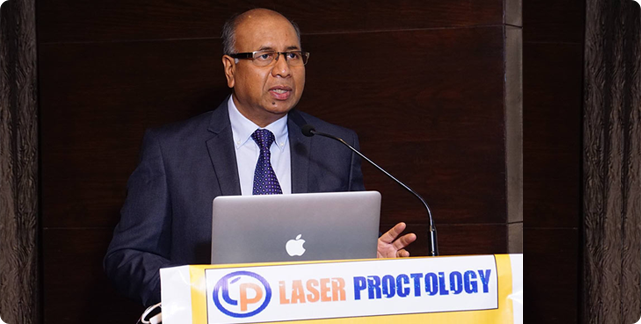
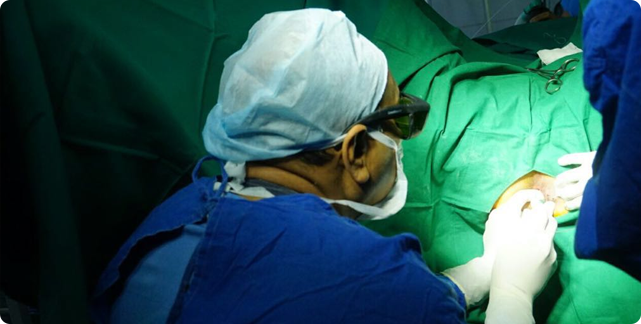
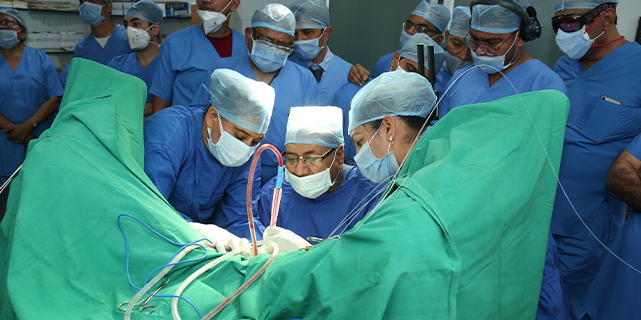
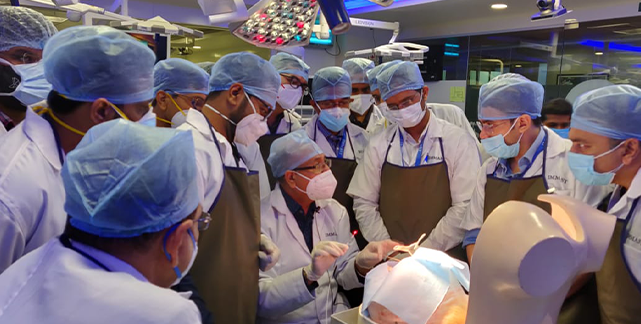
If you have more questions or need help, feel free to contact Dr. Kamal Gupta at www.drkamalgupta.com . You are not alone-help is available and treatment is effective!
Contact Information
ADDRESS 408-A, Adarsh Nagar, Near Jain Bhawan,Kapurthala Road, Jalandhar, INDIA (144008)
Dr. Kamal Gupta
MS FACS FAIS FACRSI FISCP FIAGESConsultant Laparoscopic Surgeon & Proctologist
Trained in Laser
Proctology , Berlin , Germany
Fellow of
International Society of Coloproctology
Fellow International Society of University Colon and
Rectal Surgeons ,
USA
Member Vascular Society of India
30 Years
of Experience

What Our Patients Say
Frequently Asked Questions
• Offers better visualization of hidden tracts
• Minimizes recurrence
• Reduces pain
• Speeds up recovery
• Protects muscle control
For simple fistulas, sometimes traditional surgery (fistulotomy) may still be the best choice. Your surgeon will recommend what is best for you.
• Take sitz baths as advised
• Eat high-fiber foods to avoid constipation
• Avoid heavy lifting for a few weeks
• Attend regular follow-ups
Following these instructions helps ensure the best possible healing.
• How well the internal opening and entire fistula tract were treated
• The type of fistula (simple vs. complex)
• The technique used (traditional surgery, laser, VAAFT, or hybrid techniques like ProctoCor)
• Whether any hidden branches or infection pockets were missed
• How carefully post-operative care was followed
• The patient’s overall healing ability (diabetes, immune disorders can delay healing)
• No surgical wounds
• Correct location of the internal opening
• Destruction of the fistula from the inside
• No importance of the fistula classification
• No anal sphincter damages – no incontinence
• Early resuming working activities (2-3 days)


